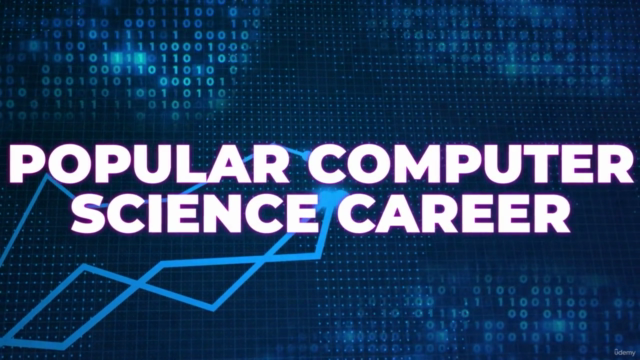Machine Learning and Deep Learning A-Z: Hands-On Python

Why take this course?
-
Popular Coding Languages for Data Science:
- Python: The most popular programming language due to its simplicity, readability, and extensive libraries like NumPy, pandas, scikit-learn, TensorFlow, and Keras.
- R: A language specifically designed for statistical analysis. It's more complex than Python but is the go-to tool for many statisticians and data scientists who specialize in statistics.
- SQL: Essential for handling and querying data stored in databases.
-
Duration to Become a Data Scientist: The time it takes to become a data scientist can vary widely depending on your background. If you're starting from scratch, it could take several years of focused learning, including understanding statistical foundations, programming, and machine learning techniques. Lifelong learning is key in this field due to its rapid evolution.
-
Learning Data Science on Your Own:
- Identify your interests within data science (e.g., visualizations, predictive modeling).
- Begin with Python or another programming language if you prefer an alternative like R.
- Work through tutorials and online courses from platforms like Udemy, Coursera, edX, etc.
- Practice on real-world datasets (e.g., those available on Kaggle).
- Engage with the data science community, attend meetups or conferences if possible.
-
Skills Required for Data Science:
- Strong understanding of statistical analysis and mathematics.
- Knowledge of machine learning algorithms.
- Familiarity with databases and SQL (plus NoSQL databases as they become more popular).
- Proficiency in programming languages like Python or R.
- Ability to perform data visualization to communicate findings effectively.
-
Data Science as a Career:
- A career in data science is promising due to the high demand for professionals with these skills.
- Data scientists need to be analytical, capable of interpreting data and communicating their findings to various stakeholders.
- The field offers diverse roles and is well-compensated.
-
Quality of Video and Audio Production in Our Course:
- We strive for high-quality video and audio production to ensure you get the best learning experience possible.
- The course is designed to be distraction-free, allowing you to focus on learning.
-
Additional Benefits of Enrolling in the Course:
- Lifetime access to the course content.
- Support in the Q&A section for any questions or challenges you encounter.
- A Certificate of Completion from Udemy that you can download after finishing the course.
-
Final Note: If you're ready to dive into "Machine Learning and Deep Learning A-Z: Hands-On Python," we encourage you to start the course and take advantage of the resources provided. We're here to support you throughout your learning journey!
Course Gallery




Loading charts...